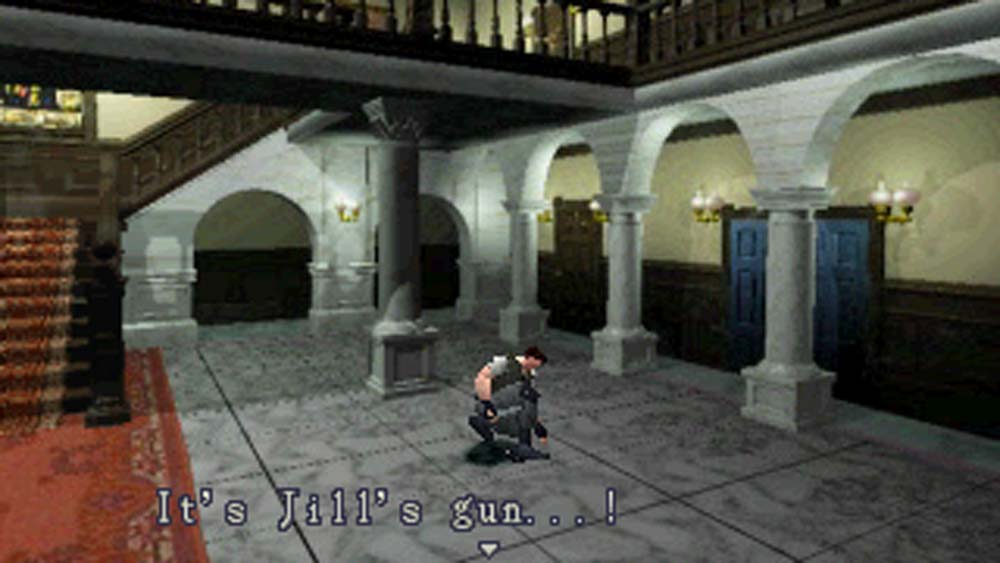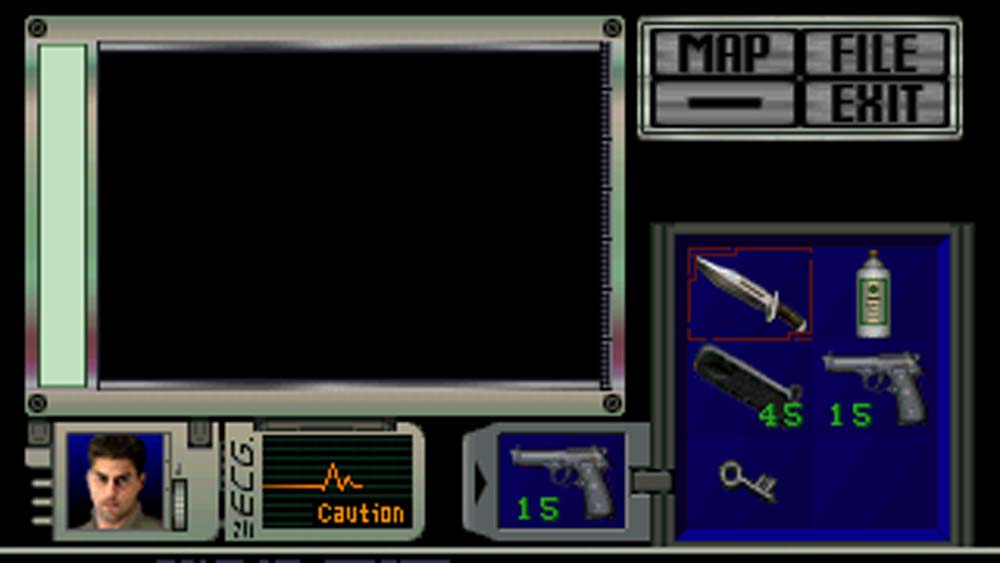Resident Evil Celebrates 25 Years of Terror
The first Resident Evil terrified audiences with its expert blending of horror cinema tropes and cutting-edge gameplay and graphics

This year sees the release of Resident Evil: Village. The eighth installment in Capcom’s long-running survival horror franchise promises to have all the elements people have come to know and love, namely an oppressive atmosphere, mind-bending puzzles, intricately designed environments and ghastly monsters. 2021 also marks the 25th anniversary of the title that codified these essential ingredients and established the modern survival horror genre: Resident Evil. This monumental title forever altered the gaming landscape when it made its terrifying debut on March 22, 1996. It, along with the equally influential Resident Evil 4, remains as the gold standard for the genre it helped popularize.
Night of the living dead
Resident Evil is a love-letter to B-grade horror movies. It centers on the exploits of a task force called S.T.A.R.S. who enters the fictional town of Raccoon City to investigate the disappearance of some of its team members. Savage dog-like creatures attack the S.T.A.R.S. team the instant they land on the outskirts of town, forcing them to seek shelter in a seemingly abandoned mansion. Playing as either Chris Redfield or Jill Valentine, you must explore the zombie and monster-infested mansion to uncover what evil fate befell it and Racoon City.
Resident Evil did not invent the survival horror genre, but it brought it to the mainstream. At the time, the game featured some of the most photorealistic graphics in gaming, particularly its detailed pre-rendered backgrounds. The haunting static environments lend the entire game a foreboding ambiance. Ordinarily mundane places like foyers, gardens, hallways and bathrooms tell a wordless narrative that reinforces the pervasive dread. The sound design’s tactful and sparse use of subdued moody music, along with unexpected creaks, shuffles, and groans from places unknown heighten the tension.
The secondary storyline involving Racoon City and the mansion’s fate unfolds through letters and documents found in the environments. Reading these diary entries and scratched notes fill players with a sense of doom equal to entering a hallway filled with shambling zombies. One of the first letters you discover is especially bone-chilling with how it shows the writer’s slow descent from educated scientist to mindless zombie. Log entries conjure images as unnerving as those seen in any work from Stephen King or H.P. Lovecraft.
House of horrors
Facing the undead instills a more immediate level of tension. Slow-moving zombies do not appear threatening, but meeting even a single one in a narrow hall or corridor can spell your demise if its icy fingers find their way around your neck. Deadlier nightmarish horrors appear as the game progresses. Oversized spiders, ravenous undead dogs, sharp-clawed Hunters and nine-foot-tall biological abominations will set your heart racing. All of these elements: moody environments, unsettling music, terror-inducing log entries and murderous monsters make Resident Evil one of the scariest games of all time.
Resident Evil’s cheesy dialogue and line delivery could have undermined its horror aura. Thankfully, all utterances of laughable dialogue like “You were almost a Jill sandwich,” or “It’s a weapon. It’s really powerful, especially against living things,” somehow work and add some levity to the adventure. Resident Evil released during a time when corny or downright terrible video game dialogue was the norm. However, one could argue the dialogue and lines are intentionally bad. After all, it’s a schlocky horror film in video game form. Whatever the case, Resident Evil has some of the best/worst dialogue ever heard.
Unique and unconventional game design
Some modern audiences may have a hard time acclimating to Resident Evil’s “tank controls.” Though it’s tempting to say the controls are a byproduct of ancient game design, the assumption would be inaccurate. A lot of folks didn’t dig the control system, even in 1996. However, since there were no other titles like Resident Evil at the time, gamers dealt with the controls, which, admittedly, became second nature after a couple of hours of play.
Sign up to receive The Snapshot, a free special dispatch from Laptop Mag, in your inbox.
Gameplay consists of standard survival horror staples like exploration, inventory management, puzzle-solving and, of course, battles against nightmarish creatures. Tank controls aside, all of these disparate elements form a unified whole. The game’s deliberate pace and varied gameplay keep you engaged, enticing you to push forward to see what lies beyond the next door. Yes, some of the puzzles are downright esoteric and it’s annoying when a hidden key’s location eludes you. But the triumphant feeling experienced after conquering a tough challenge makes all the hardships worthwhile.
Though the game encourages ammo conservation, it gives you a variety of weapons to dispatch zombies with. Handguns, knives, shotguns, grenade launchers and rocket launchers keep the terrors at bay, even if momentarily. Every weapon feels distinct and dispenses foes in a satisfying and gory fashion. The tank controls and sometimes odd camera angles can frustrate when you can’t line up a shot. But overall, gunplay works well.
Legacy of evil
Resident Evil: Director’s Cut arrived a year and a half after the original’s release. It contains the original 1996 game as well as a remixed version that changes the location of key items and enemies. There is also an easier version of the original game, along with new costumes for the main characters. The auto-aim feature removes some of the aforementioned shooting issues. Meanwhile, the Sega Saturn port of Resident Evil is largely the same as the PlayStation original. It contains extras like an unlockable battle mode, which features two enemies exclusive to Saturn. And while Saturn’s 3D models lack the polish and lighting effects of the PlayStation original, its 2D backgrounds contain added detail. Then, a remake of Resident Evil arrived on GameCube in 2002 and was itself remastered for last-gen systems (PS4, Xbox One).
I was a massive fan of Resident Evil when it first came out. Though I didn’t own a PlayStation at the time, I frequently visited a friend’s house after school to watch him play. The super-detailed graphics, hideous monsters and overall atmosphere hooked me. Thankfully, I got to experience the horror first-hand when Resident Evil came to Saturn. Though I had seen my friend finish the game many times, Resident Evil’s shocking moments still managed to frighten me. It’s sad that I can no longer stand the tank controls (how did I deal with them back in the day?) because it would be cool to revisit the game on my PlayStation Vita. While I can’t acclimate to the primitive and unwieldy control scheme, my fond memories of Resident Evil will always remain.
What is dead may never die
Resident Evil was and is one of the most influential titles of all time. It not only inspired similar titles like Silent Hill and Dead Space, but it impacted games like the PS1-era Final Fantasy entries, which also contained detailed pre-rendered backgrounds. One can argue that Resident Evil kicked off the zombie craze that’s still seen in games, movies and TV shows. The genre was not as ubiquitous across all entertainment mediums before the game’s launch. Resident Evil as a franchise is as unstoppable as the zombies it’s famous for. And it all started on PlayStation 25 years ago.




